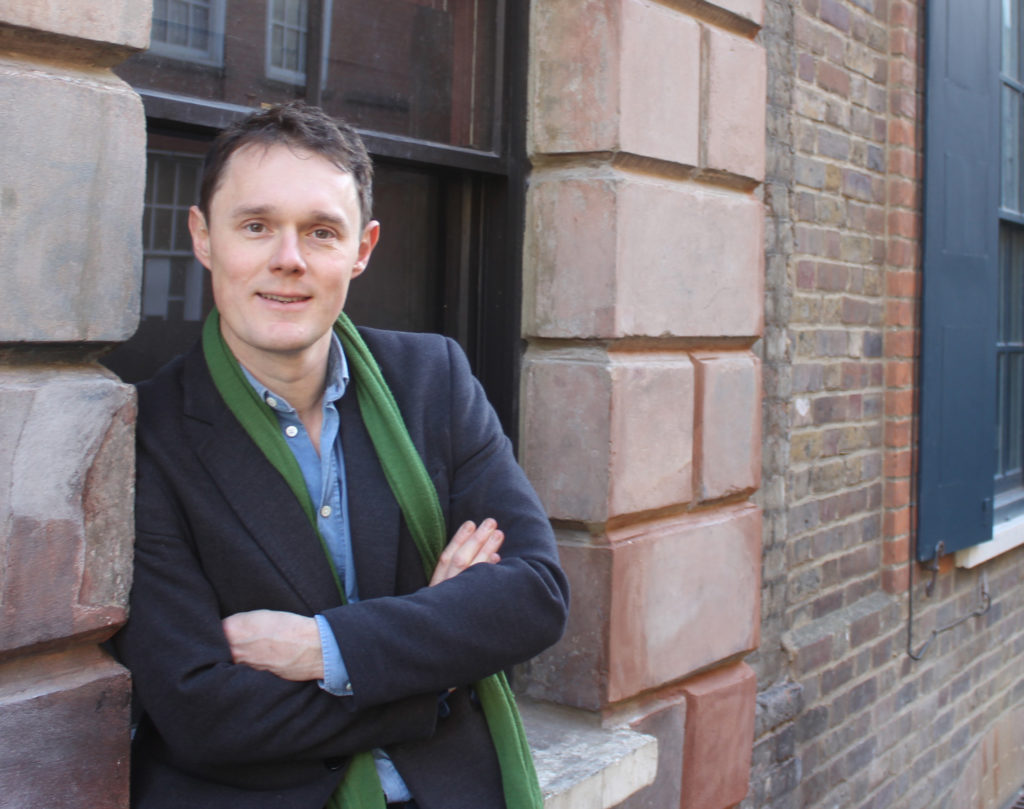This week, Georgian London as you’ve never experienced it before: populated with animals, pullulating with animals – pigs snuffling in the dirt recycling the city’s waste; herds of sheep and cattle, thousands of them each week, being driven through the streets to and from Smithfield market; horses being used for every form of transport and playing a key part in old and new industries; barking guard dogs protecting property from prowling burglars. Londoners lived cheek by jowl with their animals: as my guest in today’s programme colourfully puts it, ‘London’s air was pungently infused with a plethora of animal smells’.

My guest is Thomas Almeroth-Williams, research associate at the Centre for Eighteenth-Century Studies at York University, author of City of Beasts: How Animals Shaped Georgian London (Manchester University Press, 2019) and, as it happens, a pig farmer’s son:
I have to tread carefully, not least because my dad would be the first in line to point out that I’m not an expert pig farmer in the making. So I suppose my interactions were always kept at arm’s length. I never showed an interest in becoming a farmer, but I did visit quite often and would go and play with the piglets. And in the book, I don’t claim to to bring the expertise of a pig farmer to the book. In order to get that, I’ve had to use primary source material and also read animal behavioural science, etc.
The key thing is that having those experiences as a farmer’s son, seeing how exhausted my father was after a day’s work, joining him at the farm for a day and seeing what he did, seeing what the challenges were, the hours of work, the injuries that were inflicted when a pig suddenly slipped in between your legs when you’re trying to give them an injection and you fall over in the muck, that, I think, has made me more sensitive to how difficult it is to manage animals. And then I project that onto what it must have been like to manage those animals in such a difficult environment as Georgian London.
Tom writes in his Preface:
‘Very few historians have acknowledged the city’s animals and even fewer have integrated them into key debates in social, urban and economic history.’
And that is precisely what his book does, though not, I hasten to add, in a way that is the slightest bit dry: the book is written with brio and packed with memorable anecdotes. This, for example: in 1752 Horace Walpole describes riding a few miles out of the city and enjoying ‘a syllabub under the cow’, by which he meant the cow was milked straight into a glass of cider or ale.
I began our conversation by asking Tom what it would have been like to visit Georgian London for the first time.
